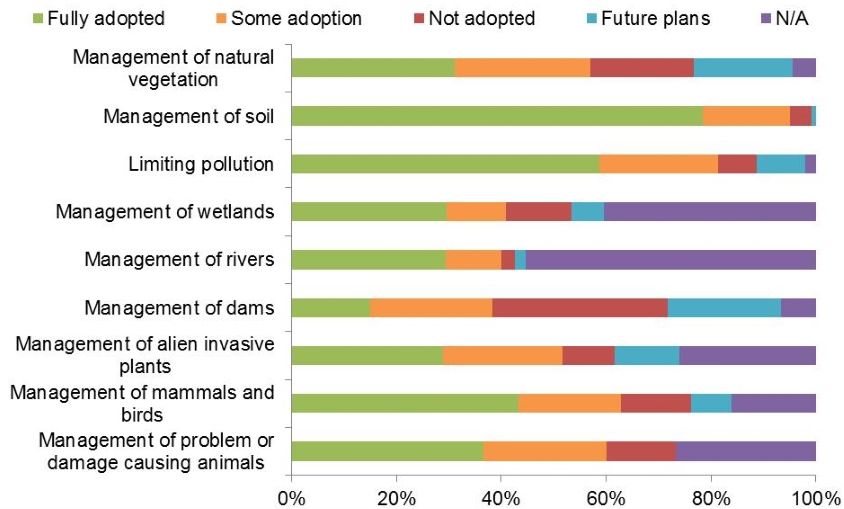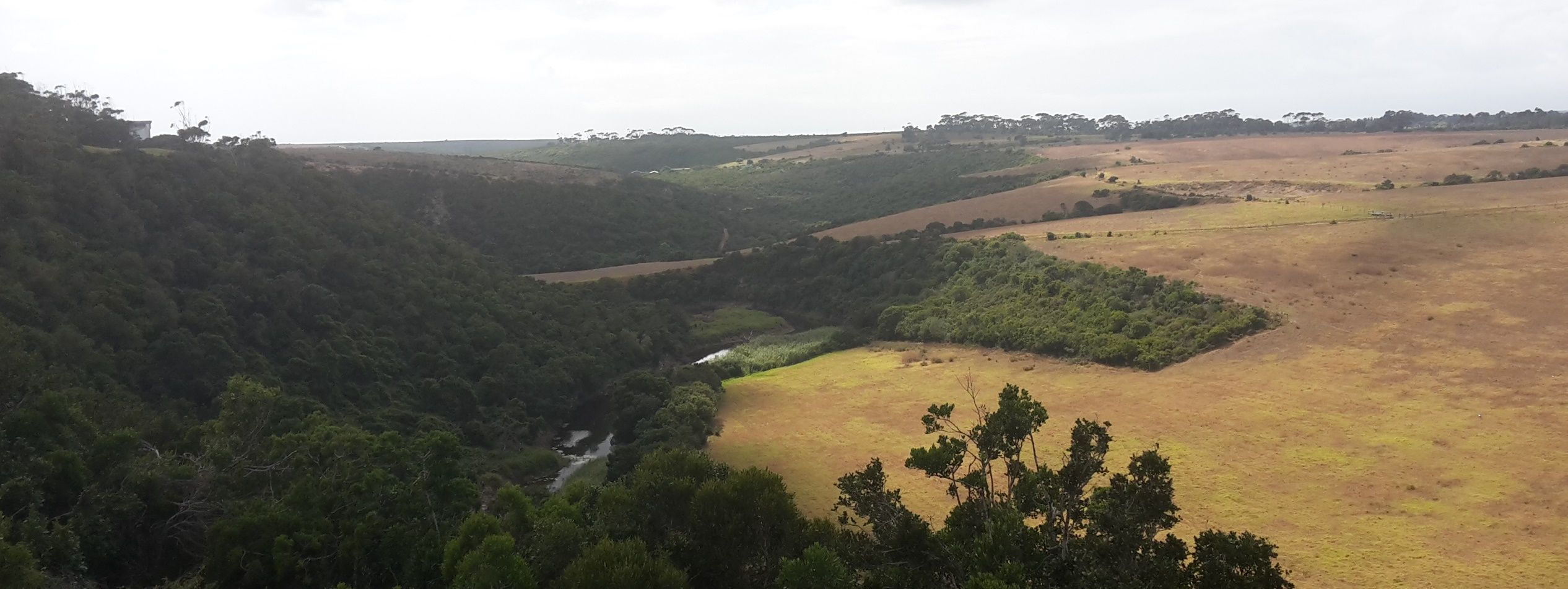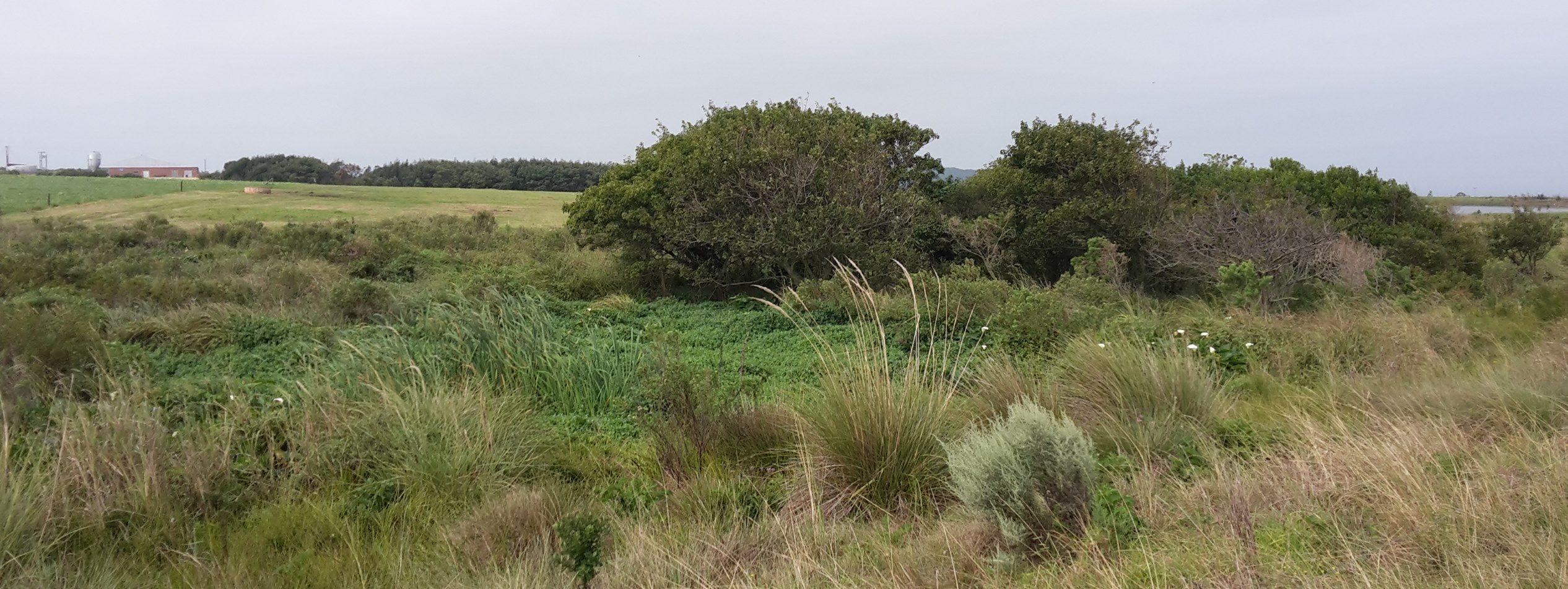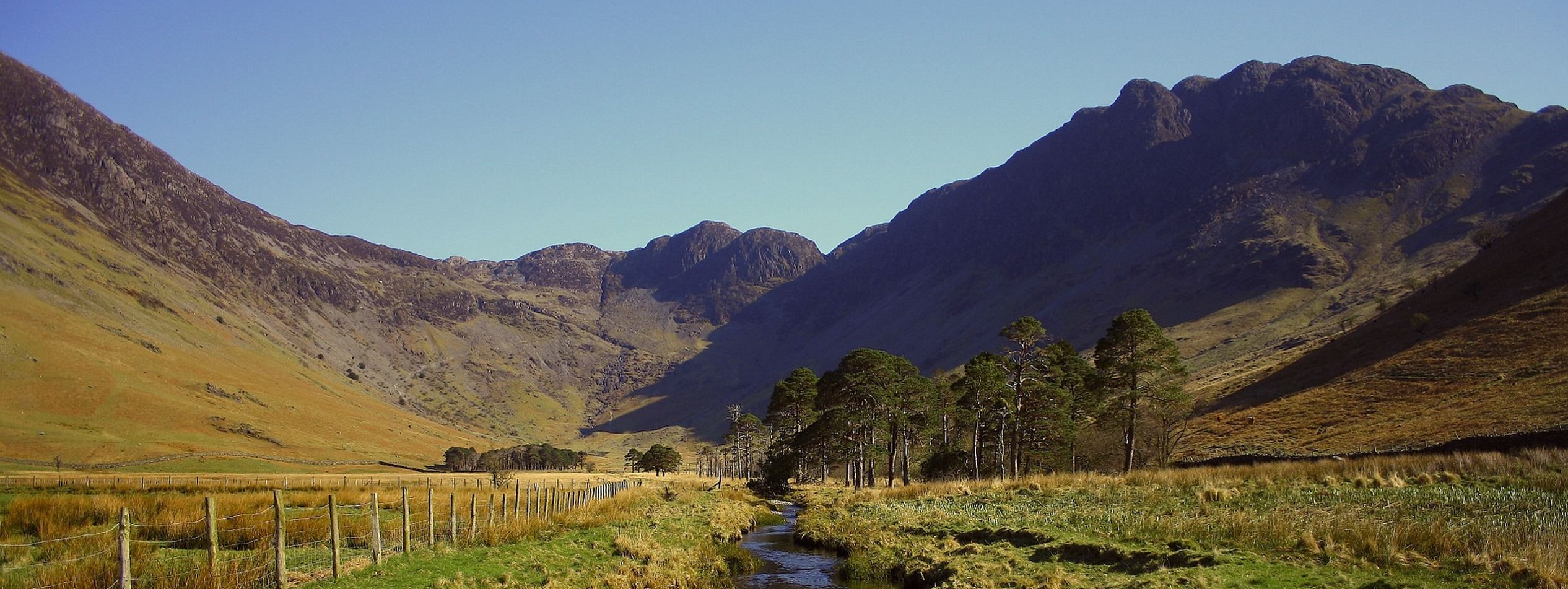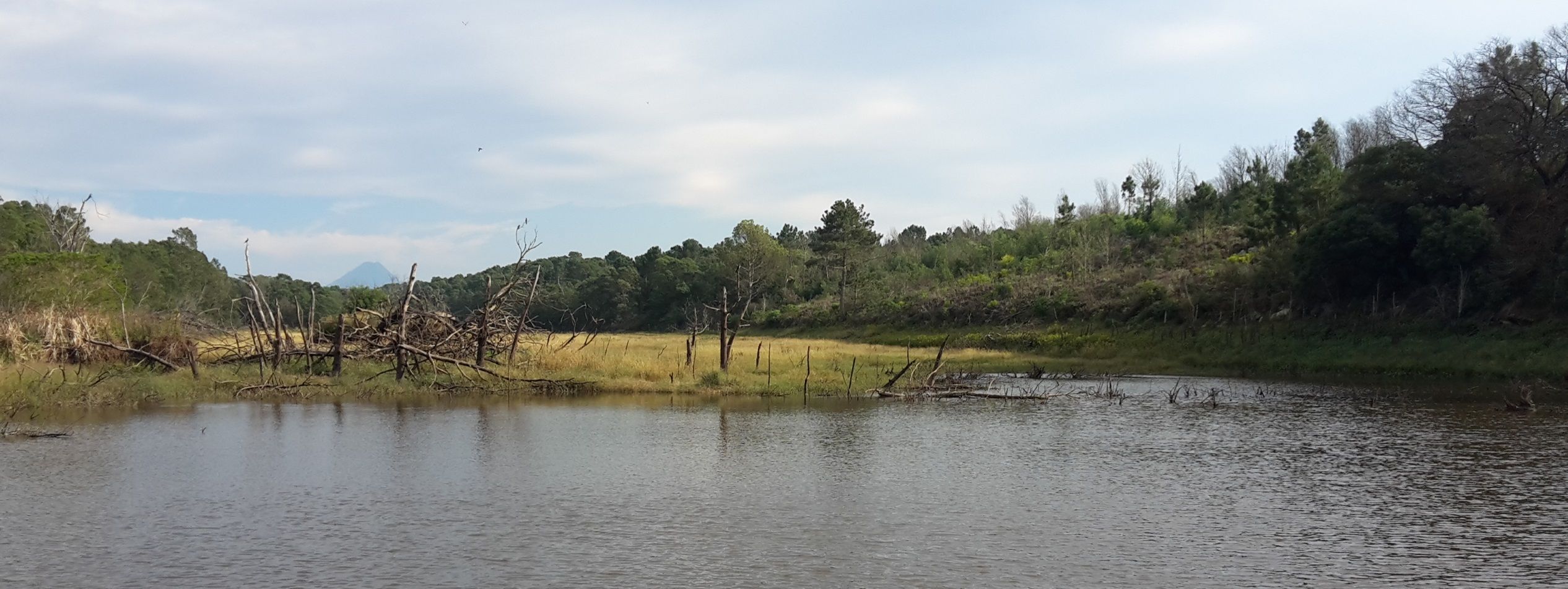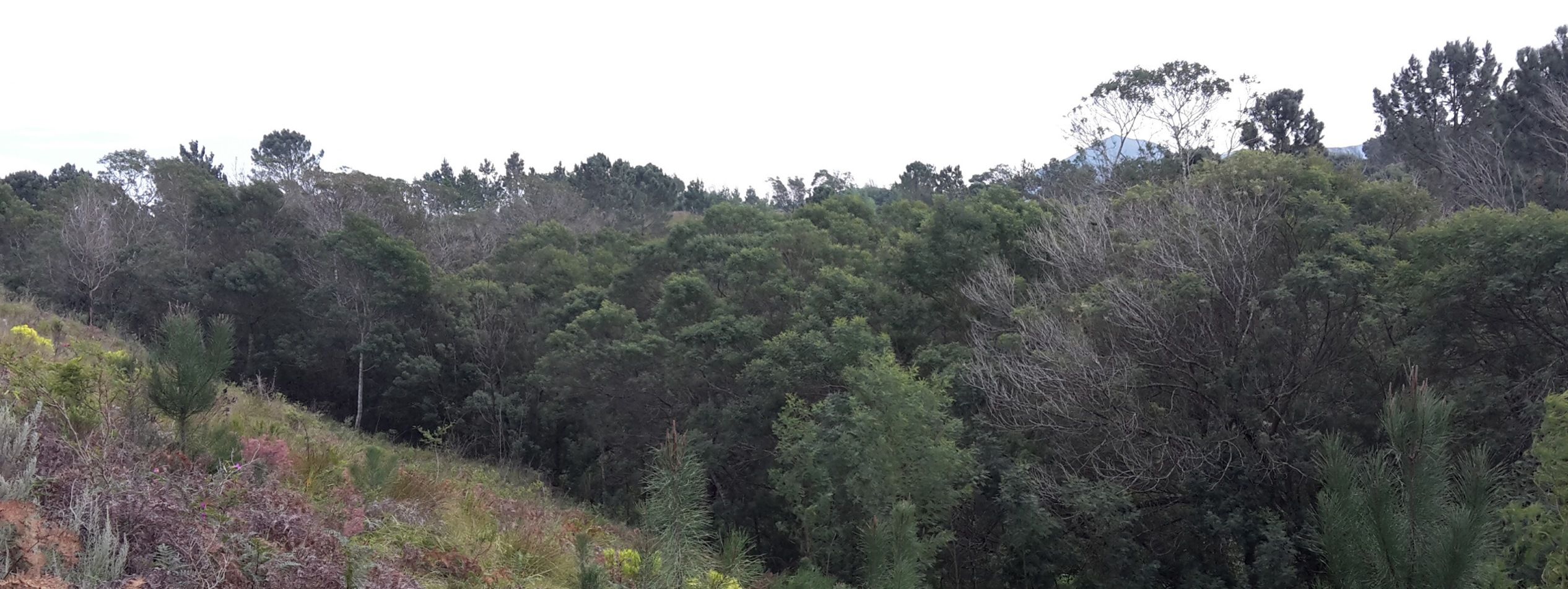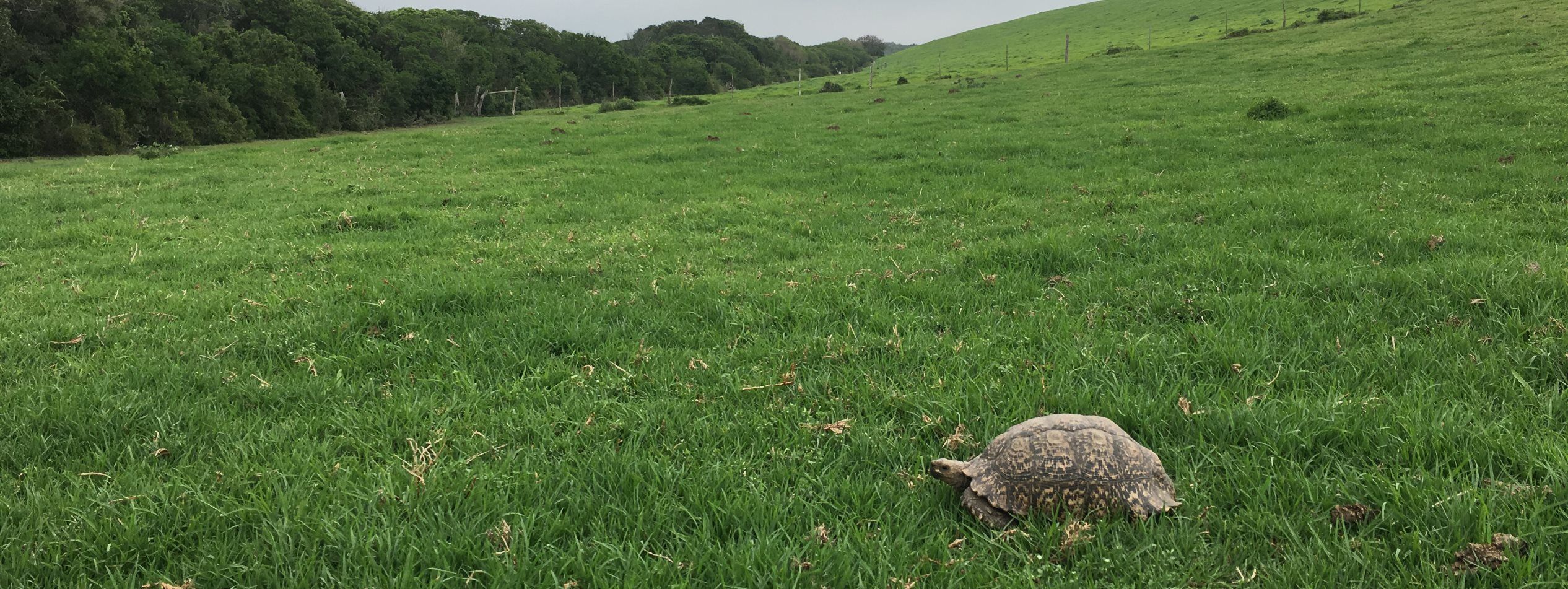Biodiversity conservation: A critical issue
Biodiversity conservation is not something that receives a prominent place when discussing sustainable agriculture from a farming perspective. From a consumer and other stakeholder (e.g. government) perspective, it is very important though. Farmers are custodians of the country’s natural resources. They have a responsibility to ensure the natural environment is conserved and that natural resources are used responsibly.
“Should farmers concern themselves with biodiversity conservation?” explores the importance of biodiversity conservation. “What should farmers do about biodiversity conservation then?”, further discusses the practices which farmers can adopt to assist with biodiversity conservation.
Trace & Save’s biodiversity checklist
In order to address the critical issue of biodiversity management, Trace & Save has developed a biodiversity checklist. This checklist allows farmers to indicate which practices that contribute to biodiversity conservation they have adopted, or plan to adopt, on their farms. This checklist is then used to draw up a biodiversity plan for each farm, specific to their farm context.
The checklist also allows us to identify what biodiversity management practices a farmer could still implement. At the time of writing this article 30 dairy farmers had completed this form. This provides the opportunity evaluate the current biodiversity management context on dairy farms.
I will discuss the results of examining these 30 farms’ biodiversity checklists below. The intention is to both show the extent to which practices have been implemented, and to see where we are lacking in terms of biodiversity management. All of the practices in the biodiversity checklist have been grouped into nine overarching categories, which are reported on in the graph below. I will discuss each of these categories, as well as some of the actual practices which fall within them.
Identifying opportunities
The aim of this article is to identify opportunities, not to be critical of farms for not having adopted practices. There are a large number of practices that farmers have adopted, but there are also many important practices that have not been adopted. One of the challenges in South Africa is that very little, if any, support is provided to farmers to implement biodiversity management. Farmers therefore have to implement these practices at their own cost, and in their own time. I believe that the lack of adoption of practices in certain areas is not necessarily due to an unawareness of the importance and benefits of the practices. Farmers also just have a lack of time, people and finances to do anything about biodiversity conservation.
The adoption of biodiversity management practices
With the checklist, farmers are able to indicate one of five responses for each practice. Firstly, that the practice has been fully adopted. Secondly, that it has adopted to some extent. Thirdly, that it has not been adopted at all on their farm. Fourthly, that the practice is not applicable in their specific context. Finally, that it forms part of their future plans.
The graph below shows a compilation of the responses, for each of the nine categories, of the 30 farmers who have completed the biodiversity checklist. The obvious stand-out is that most farms have fully adopted practices which relate to soil management. This makes sense. Pasture-based dairy farmers place a lot of emphasis on soil management, and soil health has become a prominent topic in recent years. The category with the second most adoption of practices relates to limiting pollution on farms. Both of these categories predominantly contain practices which directly influence farm productivity, therefore it is not unexpected that they would receive the most attention by farmers.
Overview of the current biodiversity context on Eastern Cape dairy farms
One of the greatest limitations, and opportunities, for biodiversity management is easily identified in the graph. There is little adoption of practices in the categories which relate to the management of natural vegetation, wetlands, rivers and dams and mammals and birds. These categories are about the conservation of natural areas and wildlife which do not contribute directly to farm productivity. The practices rather indirectly support the health of the agro-ecosystem through the provision of ecosystem services.
Something that is often overlooked is that a healthy agro-ecosystem does actually contribute both directly and indirectly to agricultural production. More emphasis needs to be placed on restoring and maintaining healthy agro-ecosystems through biodiversity management. I believe that there is not enough importance placed on management practices which assist ecosystem services on farms. This is confirmed through our research.
Alien invasive plants are a huge problem in South Africa. Among many other issues, they deplete our already scarce water resources. There is huge opportunity to address this issue more directly on farms.
The level of adoption of biodiversity management practices within nine management categories on 30 pasture-based dairy farms in the Eastern Cape
I will explore each of these categories in detail, pointing out some of the more pertinent practices, and the extent to which they have been adopted. I will also discuss the importance of adopting these practices on farms, and identify where opportunities exist for farmers to have even greater impact regarding biodiversity conservation.
Management of natural vegetation
Mapping all of the land-uses is the most important starting point for biodiversity management on a farm. This has been done on 57% of the farms, with 20% having some adoption and the other 23% having it as part of their future plans. This is a service that is provided to the farmers by Trace & Save. During this process, the natural vegetation is mapped and threatened vegetation types are identified. It is impossible to conserve something that you do not even realise is there.
At this stage the natural vegetation has been identified and mapped to some extent on only 60% of the farms. Only 54% of the farmers have identified threatened vegetation types on their farms. Although this will be addressed through the process of Trace & Save compiling a biodiversity management plan for each farm, it is something that should already be more widely adopted. There are often really critical areas of natural vegetation on farms. If farmers are not even aware of these areas, there is no way that farmers can place any emphasis on managing and conserving them.
Setting aside conservation areas
The other important aspect of managing natural vegetation is actually setting aside areas for conservation. This has been fully adopted on 43% of farms, with some adoption on 33% of farms, and 17% of farms planning on doing so in future. This is a very positive result, as it indicates that farmers are aware that they should preserve natural areas that are left on their farms.
Only 36% of the farmers indicated that they have allowed areas of semi-natural vegetation – where the natural vegetation has become degraded or disturbed at some stage in the past – to transform back to natural vegetation. A further 7% plan to do so in future. This is a challenge, as these areas of semi-natural vegetation can often be converted into productive agricultural land. It is a big ask to expect farmers to not make use of these areas for production. For farmers it is important to identify whether this semi-natural vegetation is a threatened vegetation type. If it is, it has great value as conservation land and should be allowed and supported to transform back into its natural state.
Management of soil
Soil health management is an important aspect of productive pasture-based dairy farming. Thus, it is not surprising that farmers have most widely adopted practices in this category. The most adopted practice is that farmers aim to build soil organic matter in their soils. A large majority, 87%, have fully adopted this approach. The other 13% have adopted it to some extent.
The other practice which has been adopted by all farmers (83% fully adopted; 17% some adoption) is that vegetative cover is maintained at all times. This ensures that soil erosion does not take place. Minimum tillage practices have been adopted on 93% of the farms (77% fully adopted; 17% some adoption). The planting of multi-species pastures is the least adopted of the soil management practices. That said, it has been adopted by 87% of the farmers (67% fully adopted; 20% some adoption). The greatest opportunity for improving soil health management therefore lies within multi-species pastures. A diversity of pasture species supports a diversity of soil and insect life on the farm, which is important for both agricultural production and biodiversity conservation.
Limiting pollution
Limiting pollution on farms is not only an important environmental stewardship responsibility, but also helps to promote the health of the agro-ecosystem. This is especially important for freshwater resources. Farmers can therefore directly benefit from limiting water pollution.
Two practices have been widely adopted which contribute to limiting pollution. Firstly, 97% of farmers (80% fully adopted; 17% some adoption) apply fertiliser according to recommendations based on soil health testing. Secondly, 94% of farmers (87% fully adopted; 7% some adoption) limit the use of pesticides and herbicides to only when necessary.
Only 64% of farmers (37% fully adopted; 27% some adoption) use biologically friendly forms of pesticides and herbicides though. There are two obvious opportunities to further limit pollution on farms. One is specific to dairy farms and the other applicable to all types of farming. On dairy farms, the implementation of an effluent management strategy can limit pollution of water sources. This was only fully adopted by 50% of farmers, and adopted to some extent by 30% of farmers. The adoption of a nutrient balancing system (40% fully adopted; 33% some adoption) limits the importing of excess nutrients. These excess nutrients result in water and atmospheric pollution. It is encouraging to see that 20% of the farmers indicated that both of these practices are part of their future plans.
Management of wetlands
Wetlands are critically important to biodiversity conservation and healthy agro-ecosystems. Wetlands ensure consistent and clean water flow in farm streams, and support large amounts of fauna and flora.
Forty percent of the farmers indicated that wetland management is not applicable on their farms. The majority of these cases are because there really are no wetlands on their farms. I am certain though that some of these farmers are just not aware that there are wetlands on their farms. Only 46% of farmers (33% fully adopted; 13% some adoption) indicated that wetlands have been identified and mapped on their farms.
There are two critically important practices in conserving wetlands: 1) not separating the source and downstream portions, and 2) allowing a buffer area of undeveloped and uncultivated land around wetlands. These practices have only been adopted on 63% of the farms (31.5% fully adopted; 31.5% some adoption) where it was applicable. Creating buffer areas, especially by fencing off wetland areas, is an important practice that should be more widely adopted. It will go a long way to protecting these precious natural resources. Practices such as not sinking high-yielding boreholes near wetlands, or building dams or weirs in wetlands without prior authorisation, have been widely adopted where applicable.
Management of rivers
The majority of farms indicated that they do not have rivers flowing through their farms. This makes the management of rivers a less important consideration for most farmers. Where rivers do flow through farms, they are an important part of the agro-ecosystem.
The practices which contribute to protecting rivers and river banks have been widely adopted, where applicable. Practices such as ensuring that river banks and riparian zones are managed to support stable river banks, minimising erosion, and buffering rivers from adjacent land uses have been widely adopted (73% fully adopted; 13% some adoption). An especially important aspect of this is ensuring that the natural riparian vegetation along river banks is not disturbed (43% fully adopted; 43% some adoption).
Management of dams
Most farms have irrigation and/or stock drinking dams which play an important role in agricultural production. These dams can also play a role in biodiversity conservation. Practices which contribute to biodiversity conservation in and around dams have not been very widely adopted though. Planting indigenous wetland plants, shrubs and trees in and around dams to improve water quality has only been adopted on 37.5% of farms (12.5% fully adopted; 25% some adoption). Creating a buffer zone between agricultural land and dams with these same plants has been slightly more widely adopted (26% fully adopted; 35% some adoption). The management of dams is definitely an opportunity to improve biodiversity conservation on farms. Unfortunately only 7% of the farmers indicated that they intend to make these practices part of their future plans.
Management of alien invasive plants
“Need more water, why not get rid of your aliens?” discusses some of the issues surrounding alien invasive plants (AIPs) and why farmers should clear them on their farms.
Alien invasive plants are not an issue on all farms, but in areas where AIPs occur they are a huge problem. Twenty three percent of the farmers indicated that the management of AIPs is not applicable on their farms. Much like wetlands, this is probably a combination of a lack of AIPs, and a lack of awareness that AIPs are present. The first step in the management of AIPs is identifying and mapping their occurrence. This is part of the mapping of land-uses on the farm discussed above.
There are only five farmers that have not cleared and controlled AIPs at all on their farms, but four of these intend to do so in future. It is imperative that the spread of AIPs is controlled and limited on farms. There are two important practices contributing to this. Firstly, ensuring that clearing is done in the correct manner, which has not been fully adopted (43% fully adopted; 39% some adoption). Secondly, clearing actions should be documented to keep track of areas which are due for follow-up clearing, which has also not been widely adopted (16% fully adopted; 31.5% some adoption). Greater emphasis needs to be placed on AIP clearing and management.
Management of mammals, reptiles and birds
The management of mammals, reptiles and birds is not often seen as a focus on intensively managed agricultural land. It should be noted that even such agricultural land can serve as a habitat for many mammal, reptile and, especially, bird species.
The most emphasis should be placed on any threatened species, which means identifying which of these species occur on the farm. This has only been done on 40% of the farms (20% fully adopted; 20% some adoption), although 23% of the farmers indicated it is part of their future plans. There are a few practices which can contribute to the conservation of mammals, reptiles and birds on farms. These practices have received various levels of adoption to date. They include implementing management activities which assist in the protection of threatened species (27% fully adopted; 30% some adoption), identifying the nests of large birds and avoiding them when work is carried out (40% fully adopted; 13% some adoption) and picking up and disposing of bailing twine and wire correctly (70% fully adopted; 7% some adoption).
Management of problem or damage causing animals
Predators seldom cause problems on dairy farms, and therefore no specific predator control practices are necessary on the farms where these checklists have been done. That is not the case for all types of farming though. If predators are a problem, a predator control program should be developed. A program that helps to deal with the predators in a humane and conservation friendly manner. It is also important to contact the relevant authorities when necessary.
Conclusion
Farms often receive negative press about bad practices. The evidence we have gathered suggests that farmers actually adopt a wide array of biodiversity conservation practices. That said, there are still many areas of opportunities for farmers to improve. Biodiversity and natural areas often do not directly contribute to farm productivity, but they do contribute to the overall health of the agro-ecosystem. Having a healthy agro-ecosystem does contribute to agricultural production, especially on farms which are aiming for more sustainable production. It is therefore important that farmers identify practices which they can implement that will contribute to biodiversity conservation.
- A carbon footprint assessment for pasture-based dairy farming systems in South Africa - 2024-02-07
- What progress have farms participating with Trace & Save made over the past 10 years? - 2023-09-06
- Carbon footprint reduction over time: Lessons from pasture-based dairy farms in South Africa - 2023-09-04


